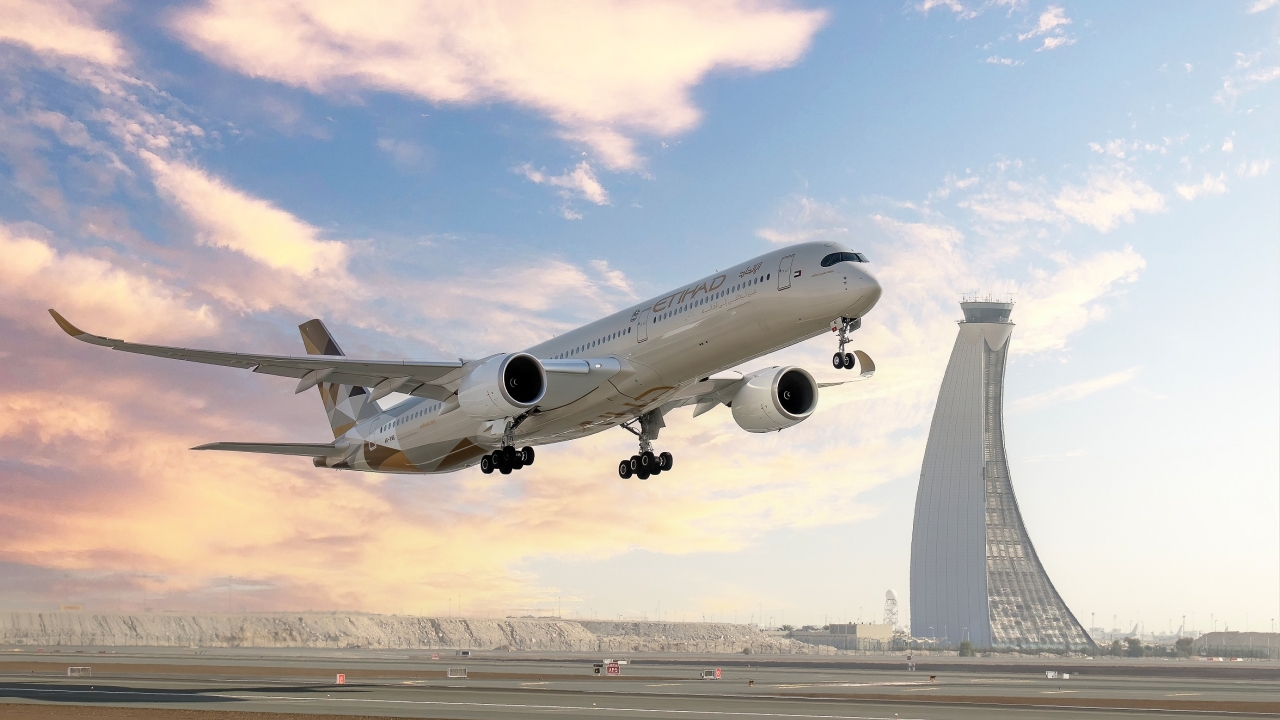Why a holiday company took a trip into the unknown
Jordan has always been a tough location in which to operate. One young airline fighting to make its mark in the local market is Fly Jordan Airlines.

A small nation with few natural resources, in recent years Jordan’s airlines have had to cope with the twin additional challenges of competition from both the major Gulf airlines and the increasing threat of low-cost carriers. Alan Dron reports.
It might seem odd, then, that a company successful in another field would take the risk of setting up its own airline in the country.
However, confident in its 25 years’ experience of the holiday industry, that was what the country’s largest tourism agency, Dallas Travel and Tourism, decided to do in 2015.
The resulting company, Fly Jordan Airlines, launched in January 2016 and has steadily increased the scale of its operations each year since then, with the number of annual hours flown rising from 1,500 in 2016 to 2,800 by September last year.
“In the beginning, it was very difficult, especially in 2017,” admitted CEO, Ibrahim Shati.
One problem was a runway excursion at Aqaba Airport by one of Fly Jordan’s aircraft on wet lease (ACMI) to fellow-Jordanian carrier, Royal Wings. The aircraft veered off the runway and ended up in soft ground.
The incident meant that the aircraft needed a new undercarriage and engine, putting it out of service for six months.
Amman-based Fly Jordan is currently a charter operation, flying outbound Jordanian tourists mainly to Egypt (notably to Sharm-el-Sheikh) and also to holiday destinations in Turkey, as well as to the coastal resorts of Batumi in Georgia and Varna in Bulgaria.
The company at present operates a modest fleet of two Boeing 737-300s. There are plans to acquire a pair of younger 737-800s, but the grounding of the 737 MAX over the past year has meant that the -800, the previous generation of the 737 family, has been in high demand as airlines scramble to fill the gaps in their fleets caused by the absence of their MAXs.
“Because of the MAX problem, if you want to purchase a -800, it’s a minimum of $16 million,” said Shati. “We’re waiting for the MAX problem to be finished so we can get some -800s not quite so expensive as at present.”
Shati and his team have ambitions to move into scheduled services. For this, however, they would require a larger partner – either another airline or an investor – to help them compete with larger rivals.
One potentially lucrative market would be Iraq; around 500,000 Iraqis have moved to Jordan because of the recent war with Islamic State, but they frequently travel home.
“It’s a good business, but we can’t compete with Iraqi Airways, which has newer aircraft – Boeing 737-700s and -800s. We can’t compete with our -300, especially on maximum take-off weight. We can’t take so much baggage.”
Fly Jordan would also like to fly into London. “But you need an aircraft that can fly for five to six hours. That’s why we need an investor to come in, with aircraft or an airline, to come and use our AOC and make [Amman] into a hub.”
Fly Jordan also sees potential opportunities in the cargo sector. The country’s sole dedicated freight operator was Jordan International Air Cargo, owned by the Royal Jordanian Air Force, but it has ceased operations. National carrier, Royal Jordanian, has only a single Airbus A310 that it uses as a freighter.
Fly Jordan has been modestly profitable in recent years, said Shati, but those profits have been eaten up by necessary improvements to the aircraft, such as installation of the automatic dependent surveillance – broadcast (ADS-B) navigational system. That has effectively become a mandatory requirement as, without it, no airline can fly into the European Union from July this year.
At $500,000 per aircraft, that is a significant purchase for a small company.
A series of airworthiness directives from Boeing in 2019 also racked up expenses.
And 2021 will see the installation of a global navigation satellite system (GNSS) to allow the 737s to operate into Dubai; the airline cannot currently fly into the Gulf hub because its aircraft lack the system.
Overall, said Shati: “We’re working on break-even.”
Stay up to date
Subscribe to the free Times Aerospace newsletter and receive the latest content every week. We'll never share your email address.

